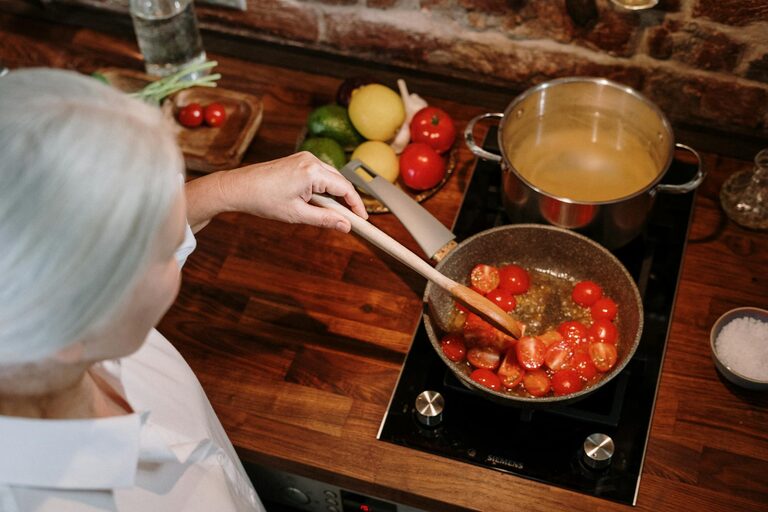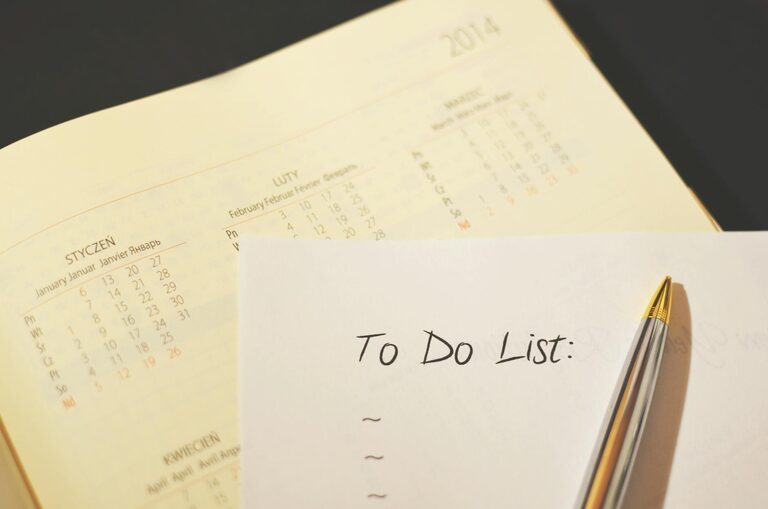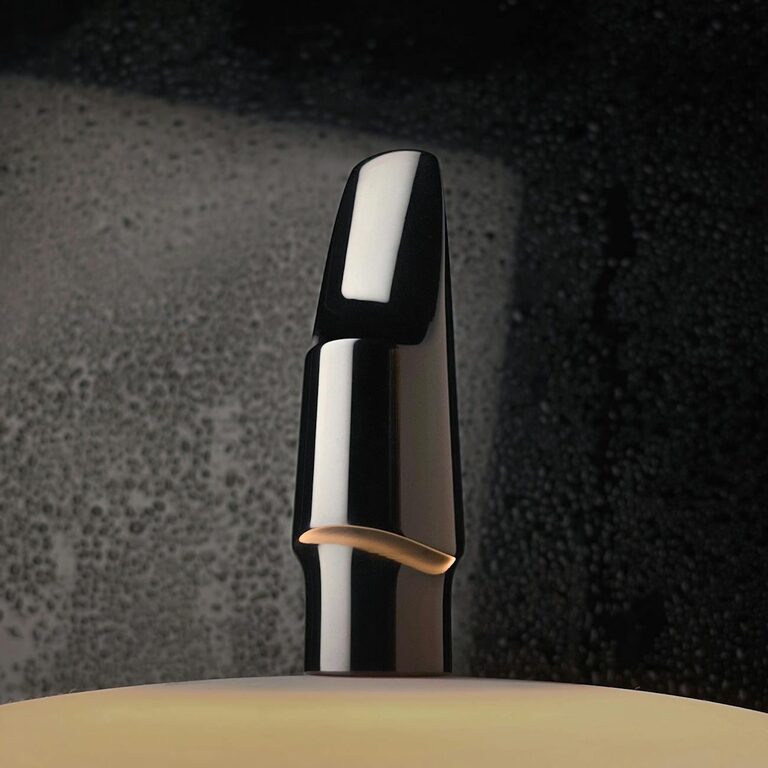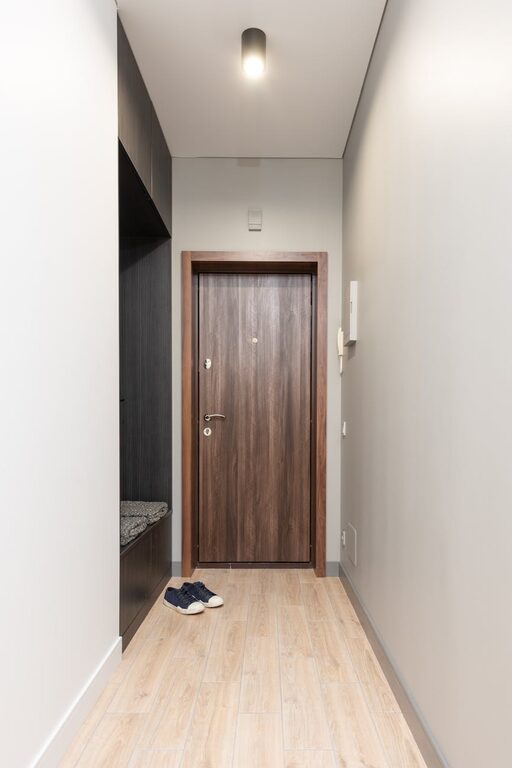
Using a slow cooker is one of the easiest and most convenient ways to prepare home-cooked meals with minimal effort. If you’re new to slow cooking, this guide will help you understand how to use your slow cooker effectively, what to expect, and how to get the best results.
What Is a Slow Cooker?
A slow cooker, also known as a crock-pot, is an electric kitchen appliance designed to cook food at low temperatures over an extended period. It usually consists of a ceramic or porcelain pot surrounded by a heating element, covered by a lid to retain moisture.
Slow cookers are perfect for making soups, stews, roasts, and even some desserts, allowing flavors to develop deeply while you go about your day.
Why Use a Slow Cooker?
– Convenience: You can add ingredients in the morning, set the timer or temperature, and come back to a ready-made meal.
– Energy Efficient: Slow cookers use less electricity than conventional ovens.
– Tenderizes Tough Cuts: Slow, low-heat cooking breaks down tough cuts of meat, making them tender and flavorful.
– One-Pot Meals: Easy cleanup since meals are often cooked in one pot.
Getting Started: Setting Up Your Slow Cooker
- **Read the Manual:** Different models have unique features, so familiarize yourself with your specific slow cooker.
- **Choose the Right Size:** Slow cookers come in sizes ranging from 1.5 to 8 quarts. A 5 to 6-quart cooker is ideal for most families.
- **Check the Lid:** Ensure the lid fits tightly — this traps moisture and heat.
- **Placement:** Always place the slow cooker on a heat-resistant, flat surface while in use.
Slow Cooker Settings: Low, High, and Keep Warm
Most slow cookers have at least three settings:
– Low: Cooks food slowly over 6-10 hours. Great for tougher cuts of meat and recipes requiring long cooking.
– High: Cooks faster, about 3-6 hours. Suitable for recipes when you need dinner on the table sooner.
– Keep Warm: Maintains a safe and warm temperature once cooking finishes, usually up to 4 hours.
Tip: Avoid switching from low to high unnecessarily, as it might affect texture and flavor.
Tips for Slow Cooking Success
Use the Right Ingredients
– Meats: Beef chuck, pork shoulder, chicken thighs, and lamb shanks work well.
– Vegetables: Root vegetables like carrots, potatoes, and onions do great. Add quick-cooking vegetables (peas, mushrooms) toward the end.
– Liquids: Use broth, stock, water, or sauces as the cooking medium. Avoid too much liquid since slow cookers retain moisture well.
– Spices and Herbs: Slow cooking allows flavors to develop. Use dried herbs initially; fresh herbs can be added near the end.
Don’t Overfill
Fill your slow cooker between half and two-thirds full for even cooking. Overfilling can cause food to cook unevenly or overflow.
Avoid Lifting the Lid
Every time you lift the lid, heat escapes, increasing cooking time by about 15-20 minutes. Resist the urge to check too early.
Brown Meat for Extra Flavor (Optional)
Searing meat in a skillet before adding to the slow cooker can enhance flavor and texture but is not required.
Common Slow Cooker Recipes for Beginners
1. Classic Beef Stew
– Beef chuck
– Carrots, potatoes, onions
– Beef broth
– Herbs like thyme and bay leaves
– Slow cook on low for 8 hours
2. Chicken and Vegetable Soup
– Chicken thighs or breasts
– Mixed vegetables (carrots, celery, peas)
– Chicken broth
– Salt, pepper, garlic
– Slow cook on high for 4-6 hours
3. Vegetarian Chili
– Beans (black, kidney, or pinto)
– Tomatoes, bell peppers, corn
– Chili powder, cumin
– Slow cook on low for 6-8 hours
These recipes are forgiving and perfect for beginners.
Cleaning and Maintenance Tips
– Let the ceramic pot cool before washing to prevent cracking.
– Use warm, soapy water and a soft sponge.
– Avoid harsh abrasives or metal utensils to prevent scratching.
– Most ceramic inserts are dishwasher-safe, but check your manual.
– Wipe down the exterior and heating element carefully with a damp cloth.
Troubleshooting Common Issues
| Problem | Possible Cause | Solution |
|———————-|———————————|——————————-|
| Food too dry | Not enough liquid | Add broth or water |
| Food undercooked | Cooking time too short | Cook longer or adjust settings|
| Lid doesn’t fit well | Wrong lid or warped lid | Use correct lid or replace |
| Food burning | Too much liquid evaporated | Check sealing or add liquid |
Final Thoughts
Slow cooking is an easy, rewarding way to create delicious meals with minimal hassle. With a bit of practice and patience, anyone can master the slow cooker and enjoy wholesome dishes every day. Start with simple recipes, experiment with your favorite ingredients, and soon you’ll appreciate the convenience and flavor that slow cooking offers.
Happy cooking!



